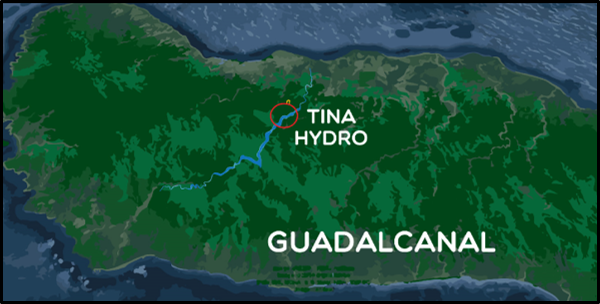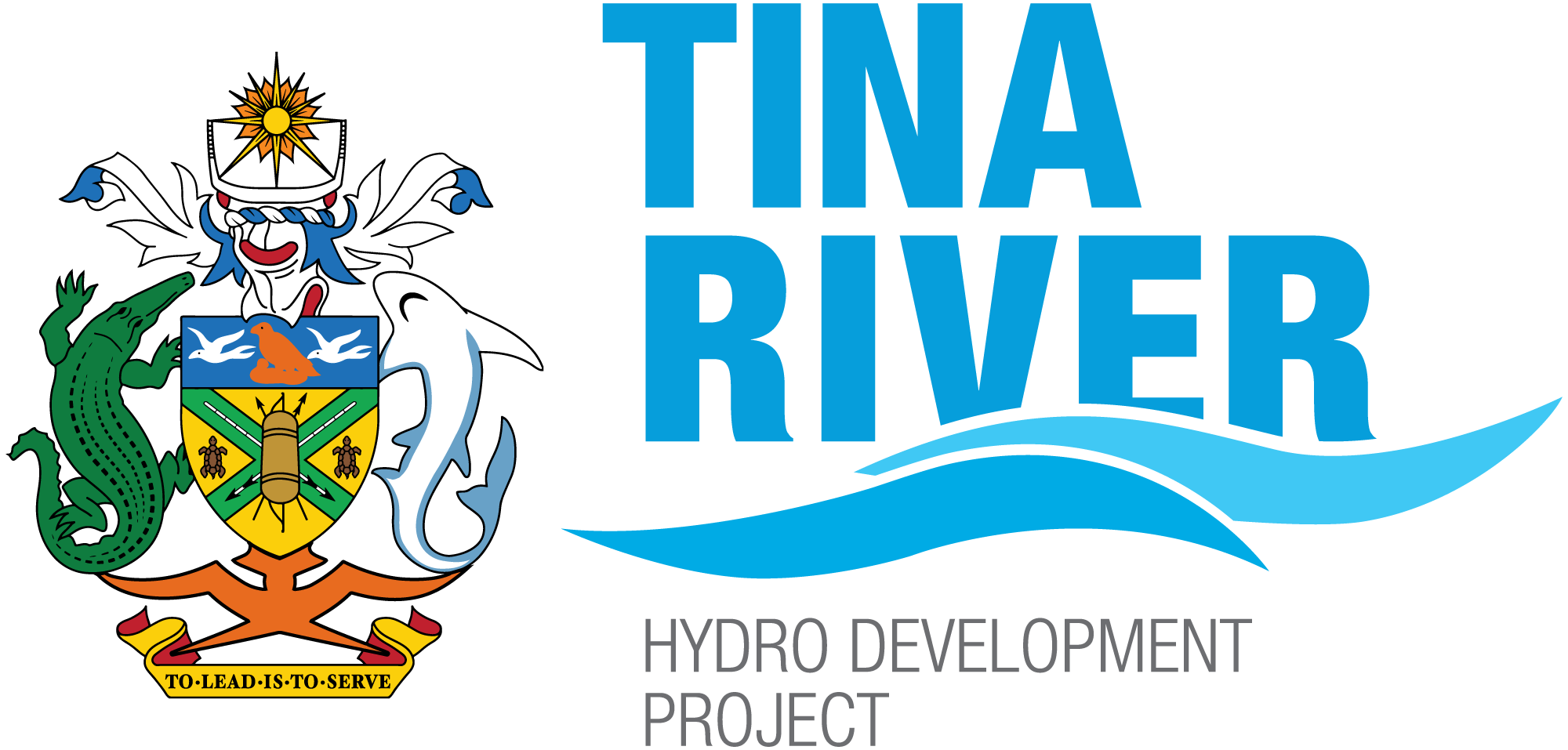
What is the Tina River Hydropower Development (TRHD) project?
This is the first large utility-scale renewable energy project designed to dramatically increase the amount of renewable energy in the Honiara national grid by nearly 70 percent, while reducing reliance on expensive diesel power. The construction of a 15-megawatt hydro power plant that will help to transform the energy system in the Solomon Islands by providing affordable, reliable, sustainable and clean electricity to its people and cutting reliance on imported fossil-fuels, resulting in a significant reduction in greenhouse gas emissions.
What is the Project Development Objective?
The project development objective (PDO) is to increase the share of renewable energy through hydropower in Solomon Islands.
Why was this project needed?
The necessity to improve the standard of living for the people of Solomon Islands by delivering cheaper and cleaner power was recognized on a global scale. However, this project is also nation building and signals to investors and governments of the world that the country is ready for big projects and partnerships. This first public private partnership infrastructure project opens the door for more, which will support much needed development, offering the country’s people a better standard of living and more opportunities.
Where is it located?
The site for the project is located on the Tina River tributary of the Ngalimbiu river, 30 kilometers north of Honiara, the capital of Solomon Islands.

What are the primary benefits of the project?
- There are four components of the project that will be constructed over a 5 year period.
- Reduce the cost of electricity for the people of the Solomon Island
- Expand the amount of renewable energy available in the Honiara grid to 70%
- Use natural resource to produce a reliable and sustainable energy source
- Reduce greenhouse gas emissions
- More affordable electricity also means improvements to schools, health clinics and other public infrastructure which will provide better services and opportunities for the people in the Solomon’s.
What are the components that make up the project?
There are four components of the project that will be constructed over a 5 year period.
Who is leading this project?
This is a national project for the Solomon Island Government. The Ministry of Mines, Energy and Rural Electrification is the led Ministry and has formed an independent project office to oversee the running of the program of works. Led by Project Manager Fred Conning along with a team of local and international experts from various fields, a partnership with Tina Hydro Limited, the holding company who owns and operates the infrastructure, is now in place to deliver on the project components. Tina Hydro Limited have engaged world leading engineering firm, Hyundai Engineering Company from Korea, as construction partners.
Who has funded the Tina River Hydropower Development?
It is the first large-scale infrastructure to be developed under a public-private partnership (PPP) in the Solomon Islands. Six financing organizations have come together through a combination of loans and grants; with a final cost for building the hydropower dam and station alone, estimated at SBD $1521 million (USD $285 million). The breakdown of funding contributed is as follows:

What is a Purchase Power Agreement (PPA)?
The Tina River Hydropower Project will be the first development to operate a Power Purchase Agreement (PPA) making it possible to deliver more affordable and accessible power to the people of the Solomon Islands. A PPA is a contract between two parties and in this case, it is between Solomon Power (SP) and Tina Hydro Power Limited (THL), a private entity established to manage and operate the Tina Hydro Power Scheme.
THL will be selling its generated electricity to SP who will distribute the purchased electricity to its Industrial and domestic customers that are connected to the Honiara electricity grid. This agreement will span over 30years from December 2019. The PPA ensures that the terms obligated by the parties in the contract remains and matters such as electricity pricing and quality can be monitored. The Solomon Islands Government also have an oversight on the Tina Project PPA.
Who owns the land where the project is located?
The customary land was acquired by the Solomon Island Government (SIG) from the 5 core tribes of the Tina River region after an in depth process of community consultation. Spanning 4 years, a process to identify rightful land ownership and agree to the terms and conditions of the acquisition has now been completed. All land has now been purchased by the Solomon Island Government and payment transferred. The SIG now own the land with an arrangement in place with the 5 core land tribes for ongoing use, access rights and joint ownership arrangement.
How are the affected communities being compensated during this development and beyond?
There are several layers of compensation provided for affected communities. For the 5 core land tribes who have
customary land ownership in the infrastructure site, a unique and first of its kind arrangement has been established to provided an immediate and ongoing benefit. A holding company consisting of the 5 core tribes (50%) and the SIG (50%) has been established to receive monthly payments of ‘rent’ from Tina Hydro Limited, the company who owns and operates the hydropower plant and dam for a 34 year lease agreement. The money generated from this agreement will be directed to the 5 core land tribes only in a unique funding model where all rightful land owners, including women and children, will receive a nominated monthly payments monthly directly into their account.
The TRHDP will be accompanied by a Community Benefit Share Fund anticipated to provide non-cash development benefits to the host community. This fund is outlined further in the Community Development Plan.
The benefits-sharing program instituted by the SIG and the TRHDP PO will focus on delivering social services, education, training, and improved facilities to host communities. Cash payments and top-down delivery through individual leaders will be avoided and both gender specific programs and gender mainstreaming have been incorporated into the fund design.
What is the Community Benefit Sharing Pilot (CBSP) Project and what are its aims?
The proposed Community Benefit Sharing Pilot (CBSP) Project aims to introduce and test an innovative approach to addressing a major obstacle to infrastructure development in Solomon Islands. It essentially seeks to establish a benefit sharing scheme between proponents of a large-scale infrastructure project, the Tina River Hydropower Development Project (TRHDP), and project area communities.
By creating not one-off, but a perpetual benefit sharing mechanism for the lifetime of the infrastructure project, the approach is expected to not only enhance the positive impacts of the project on the project area communities, but also to foster broader support and cooperation by the communities towards the success of the project. When the pilot project is deemed a success, it may become a model for replication in other natural resource development sectors in the country such as mining. It may also be an example for other Pacific islands countries who are looking for ways to ensure that local communities benefit from development projects, in particular in the more challenging areas which are dominated by customary land ownership.
Download the Frequently Asked Questions (FAQ) here.
